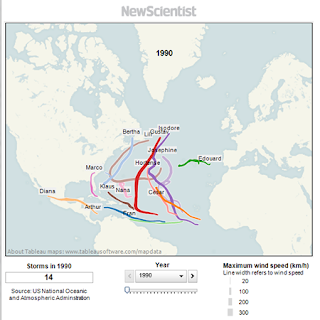The Census Bureau is keeping up to speed with not only different types of statistics and data, but how users and developers can access and visualize that data in more meaningful and streamlined ways.
The Census Bureau was recently named a 2013 Honors Laureate by Computerworld for development of its open data API, an application programming interface implemented in July 2012 that allows developers to take data sets and reuse them to create online and mobile apps – for more information see: http://www.census.gov/developers/
The Bureau was recognized by the magazine “for its visionary applications of information technology promoting positive social, economic and educational change.” The story will be featured in the June 3 edition of Computerworld.
Recently, the Bureau developed a new mobile app that allows users to “take the pulse of the U.S. Economy” straight from their phone! According to the Bureau:
The America’s Economy app provides real-time updates for 16 key economic indicators released from the U.S. Census Bureau, Bureau of Labor Statistics, and Bureau of Economic Analysis. Key economic measures on employment, manufacturing, international trade, retail sales, and residential construction and sales allow those who follow the U.S. economy to be the first to see whether the indicator has gone up or down since the previous report, and trends over time.
Learn more about this app by using the link above, or click one of the following to download:
 Apple
Apple
Download iPhone Version
Download iPad Version
Android
Download Phone Version
Download Tablet Version
Key Features
- Quick overview of indicators measuring the U.S. economy
- Detailed page for each indicator with trend data
- Share indicators on Facebook, Twitter and via email
- View release schedules for indicators
- Set up notifications and custom views
Indicators
- Advance Monthly Retail Sales
- Advance Report Durable Goods
- Business Inventories
- Construction Spending
- Homeownership Rate
- International Trade
- Manufacturers’ Goods
- Monthly Wholesale
- New Residential Construction
- New Residential Sales
- Personal Income
- QFR–Manufacturing
- QFR–Retail Trade
- Quarterly Services Survey
- Real Gross Domestic Product
- Unemployment Rate
Additionally, the Census Bureau’s website is home to many different web-based mapping applications that provide excellent visualizations of data. One example is the US County Migration Patterns map, available here: http://flowsmapper.geo.census.gov/flowsmapper/map.html 
or the 2010 Census Interactive Population map, available here: http://www.census.gov/2010census/popmap/










